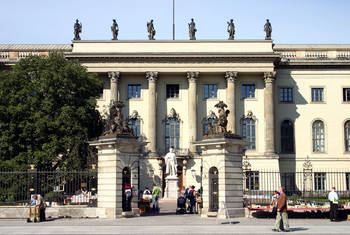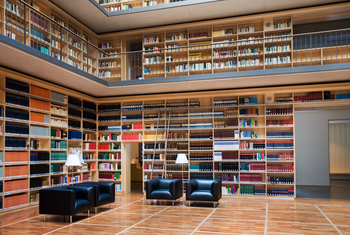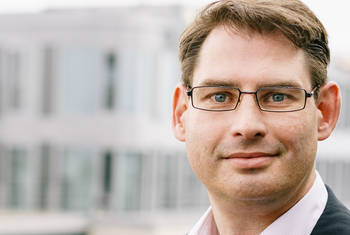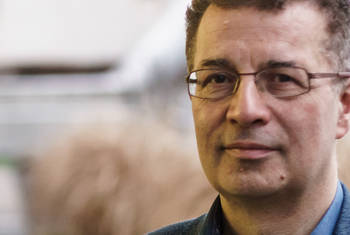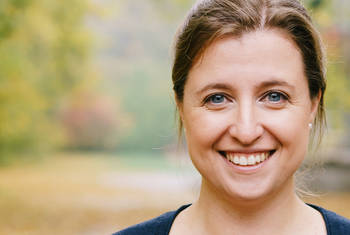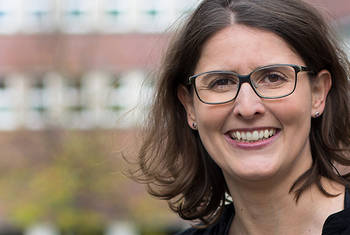Adamantios Arampatzis Why Do Elite Athletes Show a Higher Prevalence of Tendinopathy?
Adamantios Arampatzis is Head of the Department of Training and Movement Sciences at Humboldt University Berlin. Before this appointment, he was head of a research group focusing on neuro-biomechanics of the musculoskeletal system at the Institute of Biomechanics and Orthopedics at the German Sports University Cologne. He is interested in researching the plasticity of the musculoskeletal system after long- and short-term mechanical loading and the comprehension of the interaction between neuro-muscular capacity and motor function during day-to-day and sport activities. At present, he is a member of the editorial board of the Journal of Biomechanics and the Journal of Electromyography and Kinesiology.
Area of Research
Training and Movement Sciences
since 2008
Professor and Head of Department
Humboldt University of Berlin (Humboldt-Universität zu Berlin) (more details)
Department of Training and Movement Sciences
2000-2008
Professor and Head of Research Group
Deutsche Sporthochschule Köln
Institute of Biomechanics and Orthopaedics
2002
Habilitation in Biomechanics
Deutsche Sporthochschule Köln
1995
PhD in Training and Movement Sciences and Sports Medicine
Deutsche Sporthochschule Köln
- International Society of Biomechanics
- German Society of Biomechanics
- Hellenic Society of Biomechanics
- European College of Sports Science
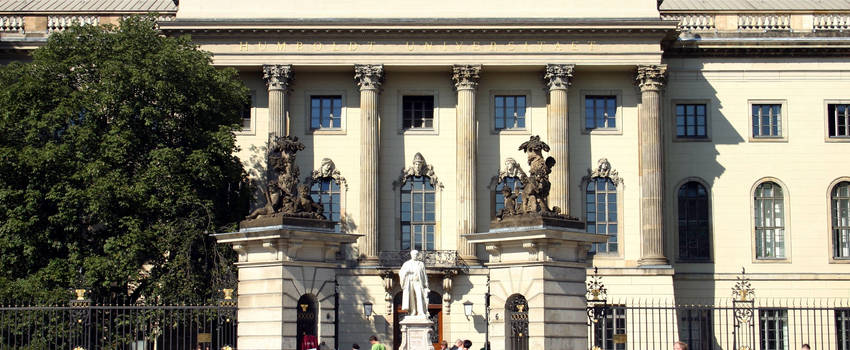 © Heike Zappe/ HU Berlin
© Heike Zappe/ HU Berlin

Humboldt University of Berlin (Humboldt-Universität zu Berlin)
In 1810, Wilhelm von Humboldt’s idea of founding a new type of university became a reality. The combination of teaching and research, academic freedom and the comprehensive education of students was not only a model for the Prussian university but for the world as well. And a new era for universities and academic research began. Each year, over 6,000 people decide to study at Humboldt-Universität located in the heart of Berlin. There are few other places where you can choose from 190 degree programmes, from Agricultural Science to Asian Studies. The university is first and foremost dedicated to fundamental research. Humboldt-Universität’s strengths in particular are in research on antiquity, history, philosophy, and quantitative economics as well as the life sciences, especially theoretical biology, neurology and immunology. It also has strengths in mathematics, material and optical sciences, and climate and sustainability research. These key strengths are shaped by twelve collaborative research areas, nine graduate research clusters and eleven interdisciplinary centres. Three integrated research institutes strongly connect and coordinate different research areas while developing focused topics for the future. (Source: Humboldt-Universität zu Berlin)
Department
Department of Training and Movement Sciences
'The Department of Training and Movement Sciences is dealing with the interaction of the neural and musculoskeletal system in teaching and research. Additionally the adaptation of the neural and musculoskeletal system by mechanical stress and its influence on human performance as well as motor control and movement safety is highlighted. Through an integrative approach of biomechanics, physiology and neuroscience consequences for athletes and for people with degenerative changes of the neural and musculoskeletal systems will be deduced.
The main research of the department focuses on quantifying and changing the neuro-biomechanical potential of humans and on the investigation of its influence on the locomotion in everyday life and sport. According to this the department also investigates the role of sport activities in order to prevent accidents and to preserve the quality of life for the elderly and people with chronic diseases.' (source)
Map
High-level athletes, such as basketball and volleyball players, show more than fifty percent prevalence of developing tendinopathy – an injured tendon – compared to the normal population. The researchers around ADAMANTIOS ARAMPATZIS assume that the reason for this could be the dysbalances in the adaptation between muscle and tendons. As he describes in this video, the researchers measured and compared the morphological, functional and mechanical properties of muscle and tendons of both elite athletes and representatives of the average population during the period of one year. They established that the athletes show a more pronounced adaptation in tendon compared to muscles and thus the demand on an athlete’s tendon is higher than in the normal population. This could be an explanation of the high tendency among athletes to develop injuries in the tendon.
LT Video Publication DOI: https://doi.org/10.21036/LTPUB10540
Muscle and Tendon Adaptation in Adolescence: Elite Volleyball Athletes Compared to Untrained Boys and Girls
- Falk Mersmann, Georgios Charcharis, Sebastian Bohm and Adamantios Arampatzis
- Frontiers in Physiology
- Published in 2017


